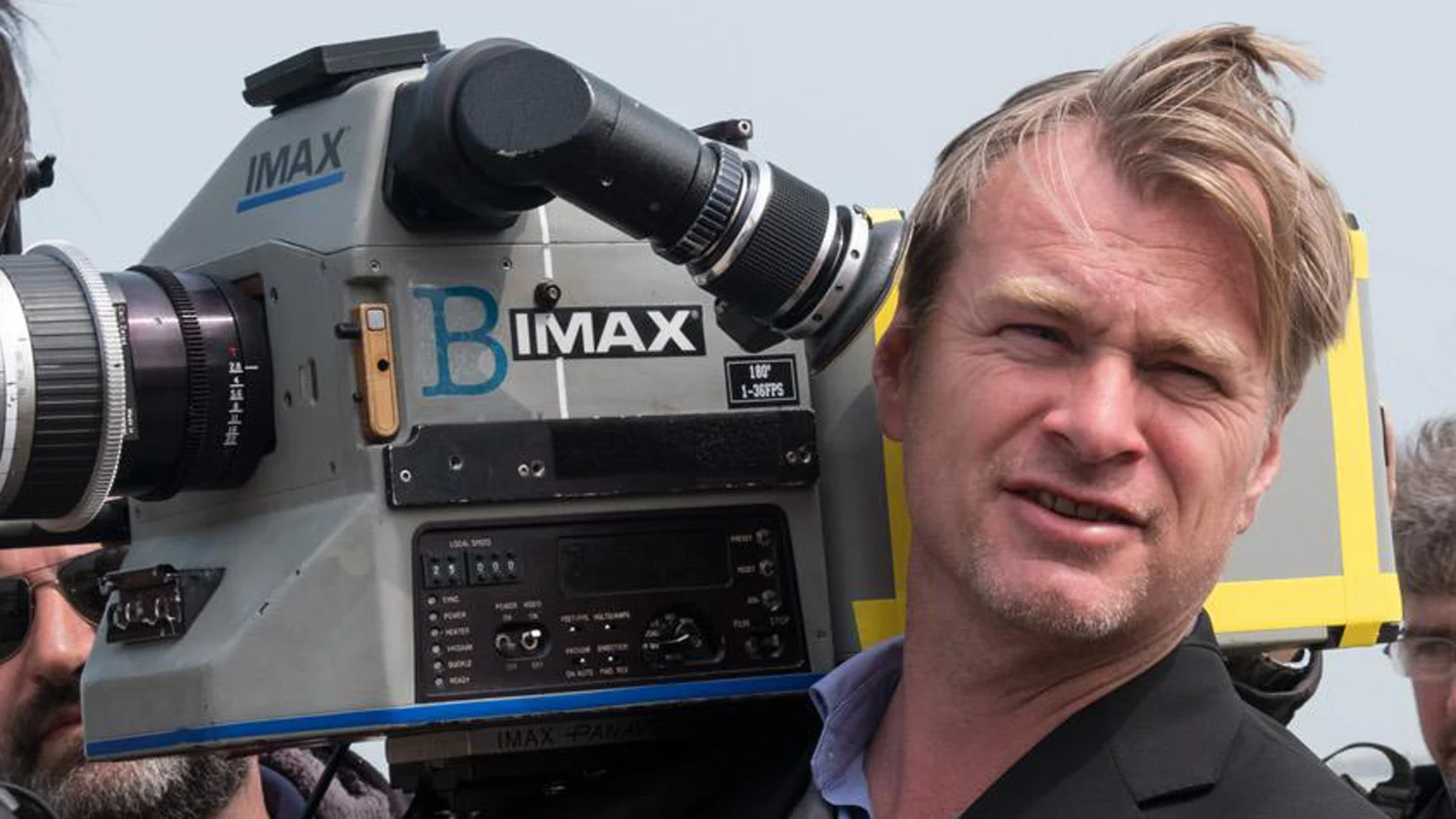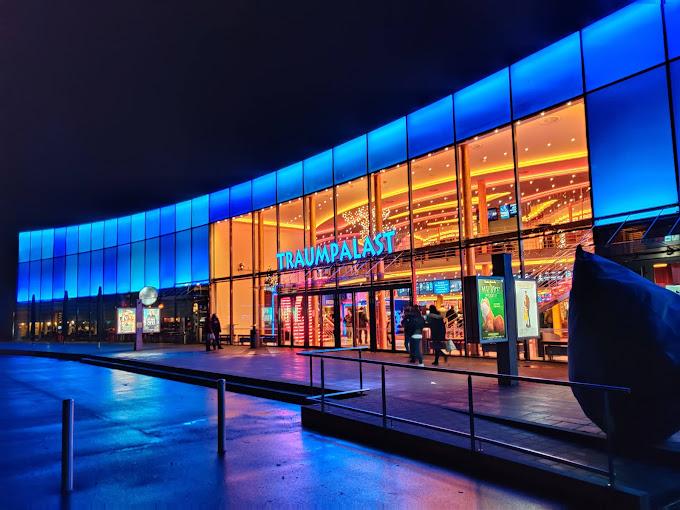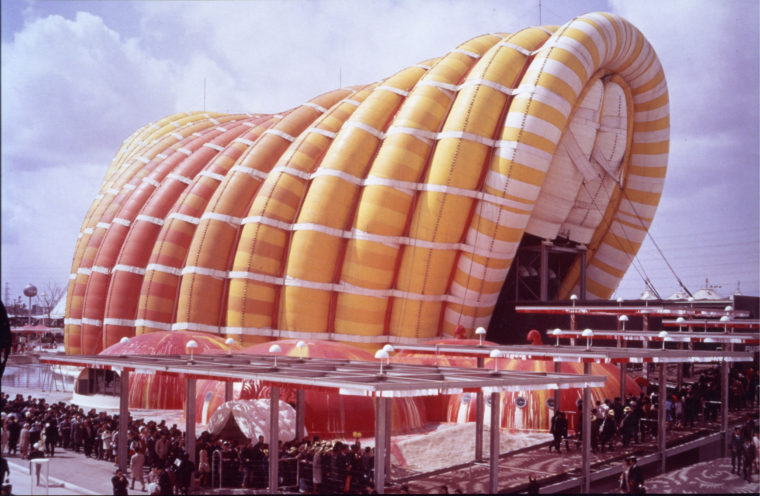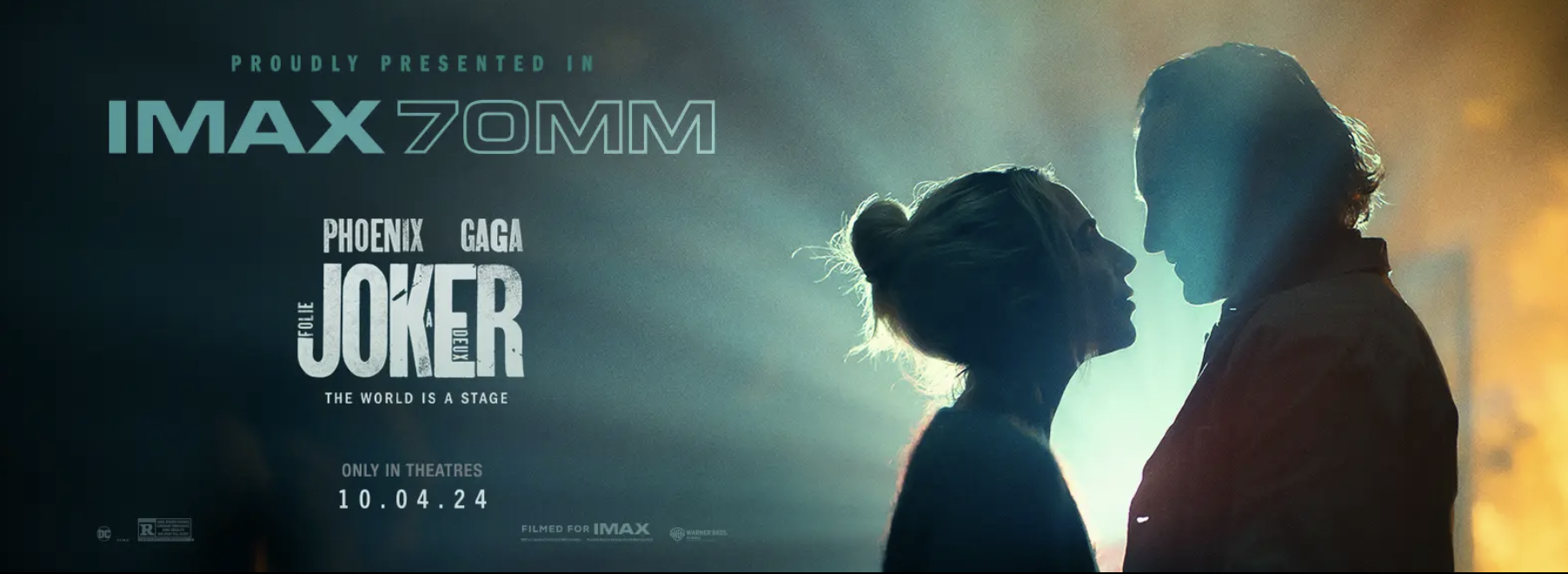What Is IMAX? | It’s Not Just a Larger Screen
In This Article
- What is IMAX?
- IMAX Today
- “The Gold Standard for the Film Entertainment Experience”
- IMAX’s Sound Processing Software
- Are All IMAX Theatre Auditoriums the Same?
- Who Created IMAX?
- What Was the Very First IMAX Film?
- Where Was the First Permanent IMAX Theatre Built?
- IMAX Cameras
- Is IMAX the Future of Cinema?
by Garry Murdock

IMAXX
What is IMAX?
IMAX is a theatrical distribution platform that utilizes proprietary technology to create a more immersive cinematic experience for movie-goers.
The platform includes IMAX cameras, special film formats, dual projector systems, stadium theatre seats and larger theatre screens.
IIMAX
IMAX Today
There have been a lot of changes to IMAX over the years. The days of IMAX film frames with 15 sprocket holes (picture a single IMAX film frame the size of a postcard) are largely over, having been replaced by digital technology—including laser light sources instead of Xenon bulbs.

IMAXX
For a deeper understanding of IMAX’s current technological landscape, I reached out to Adam Cuthbert, Director of Technical Services for IMAX. Cuthbert oversees a global team dedicated to maintaining and enhancing IMAX systems, including the management of emergency response teams. His department also collaborates closely with support technicians to troubleshoot complex issues and works with engineers to optimize system performance.
Cuthbert’s area of responsibility is 89 countries and approximately 1000 IMAX screens, excluding 800 IMAX locations in China.

IMAX
“The Gold Standard for the Film Entertainment Experience”
Today, IMAX auditoriums primarily use the IMAX with Laser system, the company’s most advanced IMAX experience to date. The projector houses a state-of-the-art 4K laser projection system with a new optical engine and customized lenses.
According to Cuthbert, “IMAX’s locations are designed to immerse you into the movie, with curved screens that fill your field of vision, and customized seating that puts you closer to the action. You can expect a system that delivers crystal clear, lifelike images and precision audio. Every element is fully integrated to our precise standards—clearest visuals and precision audio, projection technology, and theatre design—working together to create what is widely acknowledged as the gold standard for the film entertainment experience.”
IMAX’s curved screens range in size. The Traumpalast Multiplex in Leonberg, Germany holds the title for the world’s largest IMAX screen: it is close to 70 feet high and 125 feet across, weighing in at 500 lbs. The auditorium has almost 600 seats. The screen is so large that it has set two Guinness World Records: one for the world’s largest permanent IMAX screen and another for the largest permanent cinema screen.

IMAX
IMAX’s Sound Processing Software
When it comes to audio, IMAX gives it just as much attention as it does the video. Cuthbert tells me: “The IMAX Experience is much more than just a big screen. On all titles played on our systems, we create a specialized track to take advantage of the unique capabilities of our system.”
These unique capabilities are possible due to IMAX’s proprietary sound processing software—so that dialogue, music and sound effects are enhanced, making for a film soundtrack that is “more realistic and impactful.”
IMAX theatres also come with a multi-channel sound system, with speaker placements both behind the auditorium screen and around the theatre. Cuthbert says this creates a sound field that “envelops you from every direction, immersing you right in the action.”
IMA
Are All IMAX Theatre Auditoriums the Same?
There are differences, and not just in screen size. However, according to Cuthbert, “All IMAX locations are created using the same proprietary algorithm to optimize the space and ensure a uniform experience. While size of the screen, auditorium, and location may differ, we work hard to make sure that The IMAX Experience is the same worldwide, regardless of where you choose to experience it.”

IMXX
Who Created IMAX?
Graeme Ferguson, Roman Kroitor, William C. Shaw, and Robert Kerr invented the IMAX projection system in Montreal in the 1960s.
Ferguson produced and shot one of the first IMAX films, North of Superior.
Back then, the company was originally known as the Multi-Screen Corporation. Today, IMAX is headquartered in New York, Toronto, and Los Angeles, with additional offices in London, Dublin, Tokyo, and Shanghai.

IMAX
What Was the Very First IMAX Film?
The very first IMAX film was called Tiger Child, it was a short documentary film written and directed by Canadian Donald Brittain. Filming took place in ten countries and the film’s world premiere was held at EXPO ’70 in Osaka, Japan.
The event welcomed over 64 million visitors in a nine-month period.

IMAX
Where Was the First Permanent IMAX Theatre Built?
The first permanent IMAX theatre was built on Toronto’s waterfront in 1971 as part of Ontario Place, a popular tourist attraction. It was built inside a geodesic dome and was called the Cinesphere. Although Ontario Place officially closed in 2012, some parts of the park such as the bandstand and Cinesphere still remained operational. Due to construction, the Cinesphere shut down operations in the fall of 2022, but it is expected to reopen as part of the redevelopment of Ontario Place.

IMAXX
IMAX Cameras
IMAX has invested heavily in their own cameras, and are currently in development on four IMAX 15/65mm film cameras. According to Cuthbert, “IMAX has tapped into some of the world’s most accomplished filmmakers and cinematographers to identify new specs and features for the prototype, which is currently in beta testing. IMAX expects the new cameras to enter production by the end of 2024.
“We also have incredible partnerships with filmmakers and studios,” says Cuthbert. “As a matter of fact, we’re seeing a dramatic shift to IMAX among filmmakers and studios, who are increasingly creating (new content) specifically for the IMAX platform. In addition, IMAX also offers moviegoers a wide range of content across its network, including the biggest Hollywood and local language titles, as well as alternative content like music, sports, and documentaries. All of this combines to create The IMAX Experience.”

IM
Is IMAX the Future of Cinema?
It looks like Cuthbert may be right about that “dramatic shift”. Denis Villeneuve, director of Blade Runner 2049 and the Dune films, recently told IndieWire that “the future of cinema is IMAX and the large formats. The audience wants to see something that they cannot have at home, that they cannot have on streaming. They want to experience an event.”
Christopher Nolan, director of Interstellar, Inception, Oppenheimer and countless other Hollywood blockbusters, told Associated Press, “The headline, for me, is by shooting on IMAX 70mm film, you’re really letting the screen disappear. You’re getting a feeling of 3D without the glasses. You’ve got a huge screen and you’re filling the peripheral vision of the audience. You’re immersing them in the world of the film.”
For Cuthbert, whose focus is on ensuring that the IMAX experience runs smoothly, had this to add: “I grew up in the film entertainment industry and have always had a huge passion for it. IMAX is the leading premium experience for movie goers, it is an innovator in entertainment technology. I am proud to be a part of such a forward-thinking and successful brand. I love working with exhibitors and partners across the world who share the same passion for IMAX.”
IMAZZ
About the Writer



